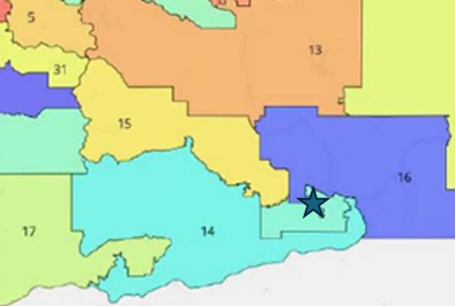|
Washington State has recently undergone a significant legislative redistricting process, resulting in changes to electoral boundaries. A federal judge's ruling has redrawn district maps, impacting both lawmakers and voters. In this article, we'll explore the redistricting process, its ramifications for Eastern Washington, and the implications for representation and political dynamics.
The redistricting process occurs every ten years following the U.S. Census. Its purpose is to adjust electoral boundaries to ensure equal representation based on population shifts. In Washington State, the bipartisan Washington State Redistricting Commission is responsible for drawing new district lines. A federal judge ruled that the original district maps drawn in 2021 violated the federal Voting Rights Act by diluting the voting power of the Latino community in the Yakima Valley and Pasco areas. As a result, the court ordered a redrawing of legislative district boundaries. U.S. District Court Judge Robert Lasnik approved a new legislative map (Remedial Map 3B) that addresses voting rights concerns. Notably, it creates a majority-Latino voting district in Central Washington, uniting Latino communities across the Yakima Valley into the 15th legislative district. This move aims to empower Latino voters to elect representatives aligned with their priorities. The redistricting decision impacts several current lawmakers. Senator Nikki Torres (R-Pasco), the only Latina in the Senate Republican Caucus, will no longer be able to run for re-election within her current district boundaries. Redistricting is a complex process with far-reaching consequences. While the new map aims to rectify voting rights violations, it remains a topic of debate. As Eastern Washington adjusts to these changes, voters and legislators must adapt to the reshaped political landscape. The current ruling is being challenged in court with the results due in the next month or two.
0 Comments
Leave a Reply. |
Categories
All
Archives
July 2024
|
|
Copyright © Tri-City Regional Chamber of Commerce. All rights reserved.
7130 W Grandridge Blvd., Suite C, Kennewick, WA 99336 USA Phone: (509) 736-0510 [email protected] |
Hours
Monday - Thursday: 8 am - 5 pm (closed for lunch 12 - 1 pm) Friday: 8 am - 12 pm Closed Weekends |


 RSS Feed
RSS Feed